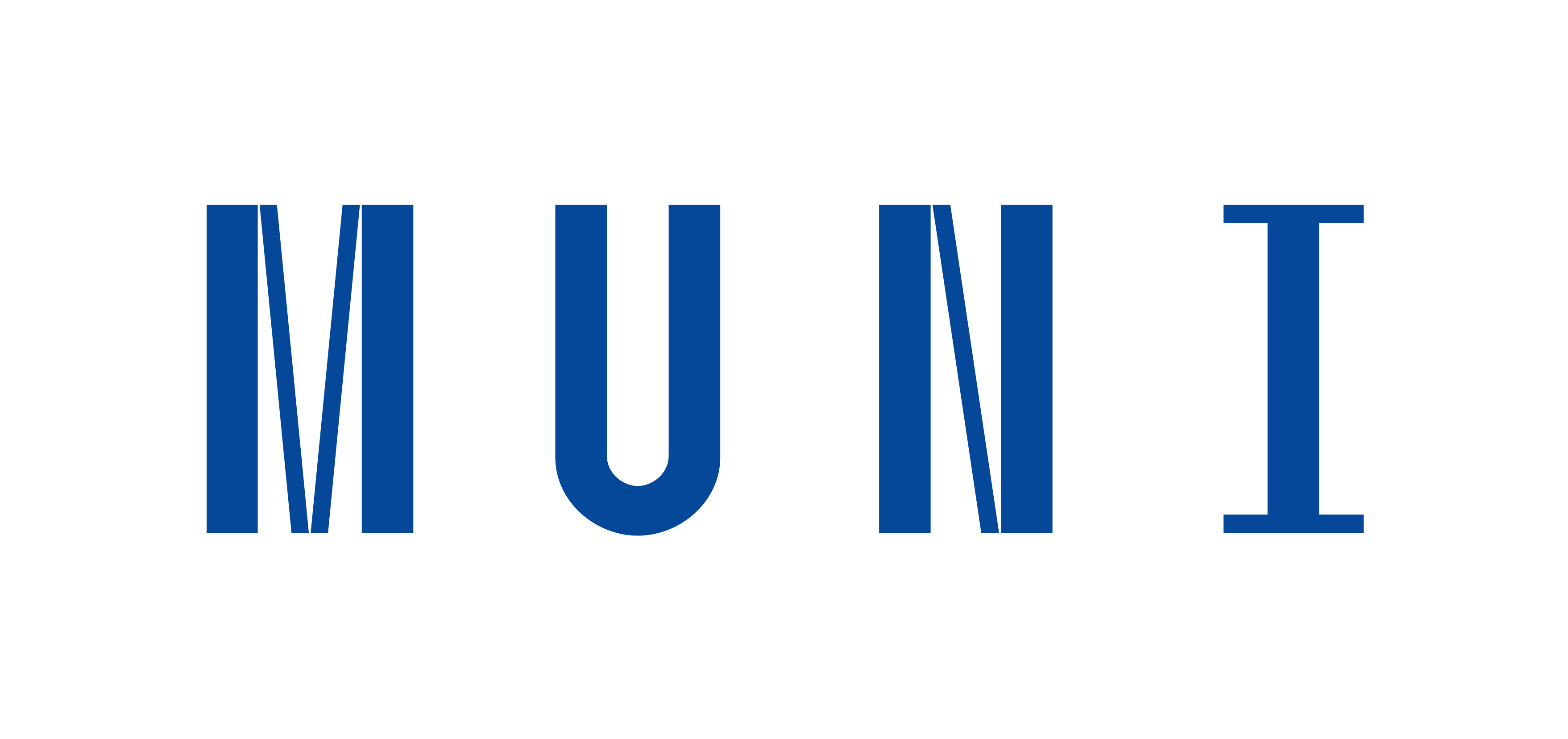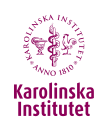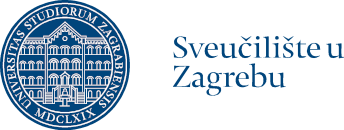Project Partners

KAROLINSKA INSTITUTET - Sweden
www.ki.se
Karolinska Institutet (KI) is one of the world’s leading medical universities. Its vision is to advance knowledge about life
and strive towards better health for all. KI accounts for the single largest share of all academic medical research
conducted in Sweden and offers the country’s broadest range of education in medicine and health sciences. The Nobel
Assembly at KI selects the Nobel laureates in Physiology or Medicine. KI ranks as one of the world’s leading medical
universities, thanks in part to the quality of its research activities, which account for 40% of all medical research in
Sweden. KI has about 4800 employees, nearly two-thirds of whom are female. Some 80% of KI’s income is devoted to
research, distributed among some 600 research groups covering all medical fields. KI provides postgraduate training and
has 2200 registered Ph.D. students from around the world who are active in basic, clinical and epidemiological research.
Research at KI has a strong European dimension, with almost 200 project participation within the EU’s now closed Sixth
Framework Programme (FP6). Of these, KI coordinated 28 projects.
Cooperation partnerships/Strategic partnerships Erasmus+ | Staff Portal
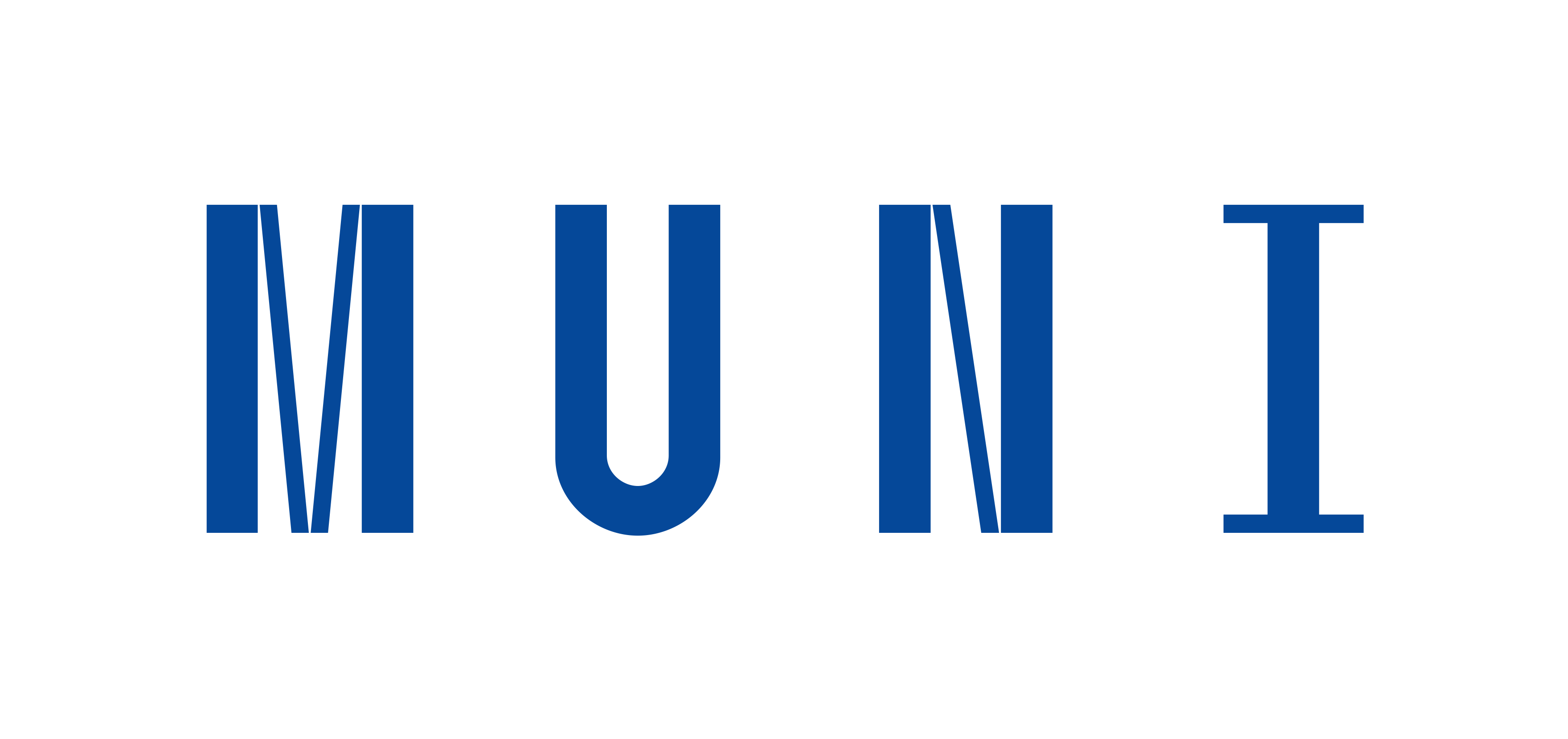
Masarykova Univerzita - Czech Republic
www.muni.cz
Masaryk University (MU), founded in 1919, has nearly 45 000 students in nine faculties and a broad mission that covers
higher education (HE) up to doctoral levels in education, humanities, law, medicine, sports and in the natural and social
sciences. It is the Czech Republic’s second-largest (public) University and is located in South Moravia in the Republic’s
second city of Brno. The University is supported exceptionally well by the Regional and City governments who back MU’s participation in EU funded programmes that require substantial cofinancing. This demonstrates unequivocally a substantial degree of regional coherence and planning and the recognition by the local government of the importance of a large prestigious university, particularly one that also has a focus on innovation and on supporting economic development in the region. Anatomy in Brno has been practiced since the late 16th century. In September 2001, a new, modern Anatomy Institute was opened which, with its concept and equipment, fully complies with the requirements of the third millennium. The new Institute of Anatomy was the first building of the newly built campus of Masaryk University in Bohunice. At present, the Institute of Anatomy has five fully-equipped autopsy rooms with state-of-the-art audiovisual equipment and five seminar rooms. Anatomical Museum of prof. Karel Žlábek. The Institute currently provides theoretical and practical teaching of anatomy for Czech and foreign students of
the programs of General Medicine, Dentistry and Physiotherapy and theoretical instruction for Bachelor's programs. The
University Center of Surgical Anatomy (UCCHA) was established in 2006 at the Department of Anatomy, Faculty of
Medicine, Masaryk University. The main aim of the Center is to educate students of undergraduate and postgraduate
study programs and doctors in fields requiring knowledge and orientation in the intervention area of the human body (e.g.
traumatology, surgery, orthopedics, otorhinolaryngology and other fields of invasive medicine). UCCHA organizes
courses for surgical and non-invasive techniques training in collaboration with international societies (e.g. AO Trauma,
European Association of Neurosurgical Societies (EANS), World Federation of Neurosurgical Societies (WFNS) or The
International Society of Plastic Surgery (ISAPS)) as well as with local coordinator – the Educational Center for Practical Anatomy.
LEANbody | Department of Anatomy | MED MUNI
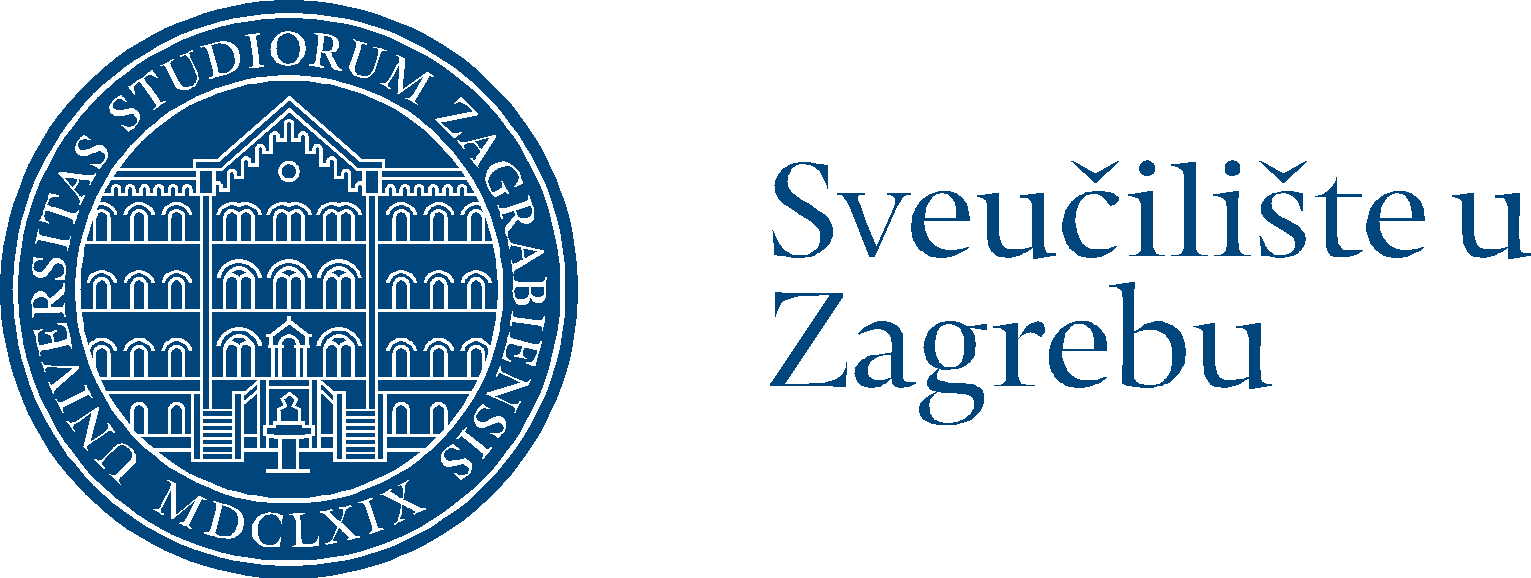
SVEUCILISTE U ZAGREBU - Croatia
www.unizg.hr
The University of Zagreb (UNIZG) is the flagship educational institution in Croatia with 31 faculties, three art academies,
and various university centers and departments. As a comprehensive public Central European university, UNIZG offers
education programs in all scientific fields (arts, biomedicine, biotechnology, engineering, humanities, natural sciences,
and social sciences) and a broad spectrum of courses at all study levels for more than 62,000 students. The University
excels not only in teaching but also in research, contributing over 50% to the annual research output of Croatia. The
University of Zagreb School of Medicine (UZSM), one of the constituent units of UNIZG, is the oldest, most respected,
and largest institution offering medical studies in the Republic of Croatia. The mission of UZSM includes the Faculty's
efforts to educate competent health professionals who will use their knowledge to improve medical practice, education,
and science. The aim of UZSM is to enroll excellent students who will understand the theoretical and practical,
psychological, sociological, economic, and cultural factors that affect health and disease, be willing to take care of their
patients, take the necessary actions and show compassion for the patient and work on promoting the health of the
individual's and the community. The UZSM wants to offer a student-centered program that integrates basic sciences,
excellent clinical education, professional standards, and ethical principles, applies the best education methods and
recognizes and rewards the best students. The development of medicine and health care in Croatia is inseparable from
UZSM. Among the distinguished members of Croatian medicine throughout history, and still today, by far, the most
doctors who have been or are professors come from UZSM. For decades, it was the only institution for doctors'
education. Afterward, UZSM helped establish medical studies in other parts of Croatia. Since the beginning of the 90s,
UZSM has undergone significant changes. One of the most important was the transition from five to six years of study in
the academic year 1990/91 that included the new curriculum. In the sixth year of study, the newly introduced subject's
integrated previously acquired knowledge with optional courses throughout the study based on problem-solving and
innovations in teaching methods and verifying acquired competencies. UZSM carries out its activities in academic
teaching and research at the institutes of basic sciences, numerous clinical departments, and community health centers.
Its activities include conducting an integrated study of medicine (in Croatian and English), 36 postgraduate university
studies and two doctoral studies in the scientific field of Biomedicine and Health, the graduate study of nursing as well as
various forms of professional and scientific training of health care workers as part of lifelong learning.
The teaching at UZSM is primarily carried out at the level of Departments. One of the oldest is the Department of Anatomy and Clinical Anatomy, where the institutionalized teaching and study of medicine started on 12 January 1918 with a lecture held by F.
Hochstetter's former assistant, dr. Drago Perović ("About the direction of teaching and research in anatomy"). Today the
Department employs 15 professors, 8 teaching/research assistants, and 18 associates clinicians who participate in 15
graduate and 28 postgraduate courses related to Anatomy at UZSM and other constituent units of UNIZG (School of
Dental Medicine, Faculty of Education and Rehabilitation Science, Faculty of Food Technology and Biotechnology,
Faculty of Science, Faculty of Psychology), and are involved in several educational, scientific and anatomical
collaborations with leading EU (Heidelberg, King's College, Karolinska Institute, Aix en Provence, Oxford, Edinburgh, KU
Leuven, FU Berlin, VU Amsterdam) and USA (Yale, Harvard, UCSD, Rutgers New Jersey) medical universities
https://mef.unizg.hr/znanost/istrazivanje/web-stranice-projekata/leanbody/
![]()
THE CHANCELLOR MASTERS AND SCHOLARS OF THE UNIVERSITY OF CAMBRIDGE - United Kingdom
www.cam.ac.uk
Founded in 1209, the University of Cambridge is the fourth-oldest university in the world and comprises 31 constituent
Colleges. The University has 11,528 members of staff employed in academic, academic-related, contract research,
technical, clerical and secretarial roles. As of 2020, there are 24,450 students in total, of whom 12,850 are
undergraduates and 11,600 are postgraduates. Cambridge is a globally diverse institution, with students coming from
over 147 different countries. The University is located at the heart of one of the world’s largest technology clusters, which
has created 1,500 high-tech companies. Cambridge promotes the interface between academia and business, and has a
global reputation for innovation. In terms of rankings, Cambridge was ranked first in the Complete University Guide 2021.
Internationally, it was ranked third in the Academic Ranking of World Universities 2020. The University is a confederation
of Schools, Faculties, Departments and Colleges. While the Colleges are governed by their own statutes and regulations,
they are integral to the overall composition of the University. There are 6 Schools, each with an administrative grouping of
Faculties and other institutions. These are: Arts and Humanities, Biological Sciences, Clinical Medicine, Humanities and
Social Sciences, Physical Sciences, and Technology. University Faculties organise teaching and research into individual
subjects or groups of subjects. The mission of the University of Cambridge is to contribute to society through the pursuit
of education, learning and research at the highest international levels of excellent. The University’s core values are:
freedom of thought and expression, and freedom from discrimination. With regard to Education, the University
encourages a questioning spirit, offers an extensive range of academic subjects, provides quality and depth of provision
across all subjects, as well as strong support for researchers and research groups. The teaching of medicine at
Cambridge dates back to 1540, when King Henry VIII endowed the university’s first Professorship of Physic (i.e. the art of
medicine). However, it was not until 1829 that a comprehensive medical curriculum was introduced. The current School
of Clinical Medicine was opened in 1976 at the new Addenbrooke’s Hospital site. Addenbrooke’s Hospital is at the
forefront of the UK’s finest University teaching hospitals with an international reputation based soundly on treatment,
teaching and research. At Cambridge, undergraduates study the medical sciences first, before learning to apply that
knowledge to medical practice as a clinical student. In the first two years, students study medically relevant core scientific
knowledge and skills that are needed as a medical professional, which include anatomy, biochemistry, neurobiology,
physiology, pathology and pharmacology. There is also a clinical strand which involves the foundations of evidencebased
practice, covering epidemiology and its applications in medicine; and the social & ethical context of health and
illness, which introduces students to the broader cultural aspects of healthcare and the medical profession. In the third
year, students can specialise in one of a wide range of other subjects offered by the university, while students in the 4th to
6th years will spend time on clinical placements at Addenbrooke’s Hospital, other regional hospitals and with general
practitioners.
Other Collaborations | Department of Physiology, Development and Neuroscience



